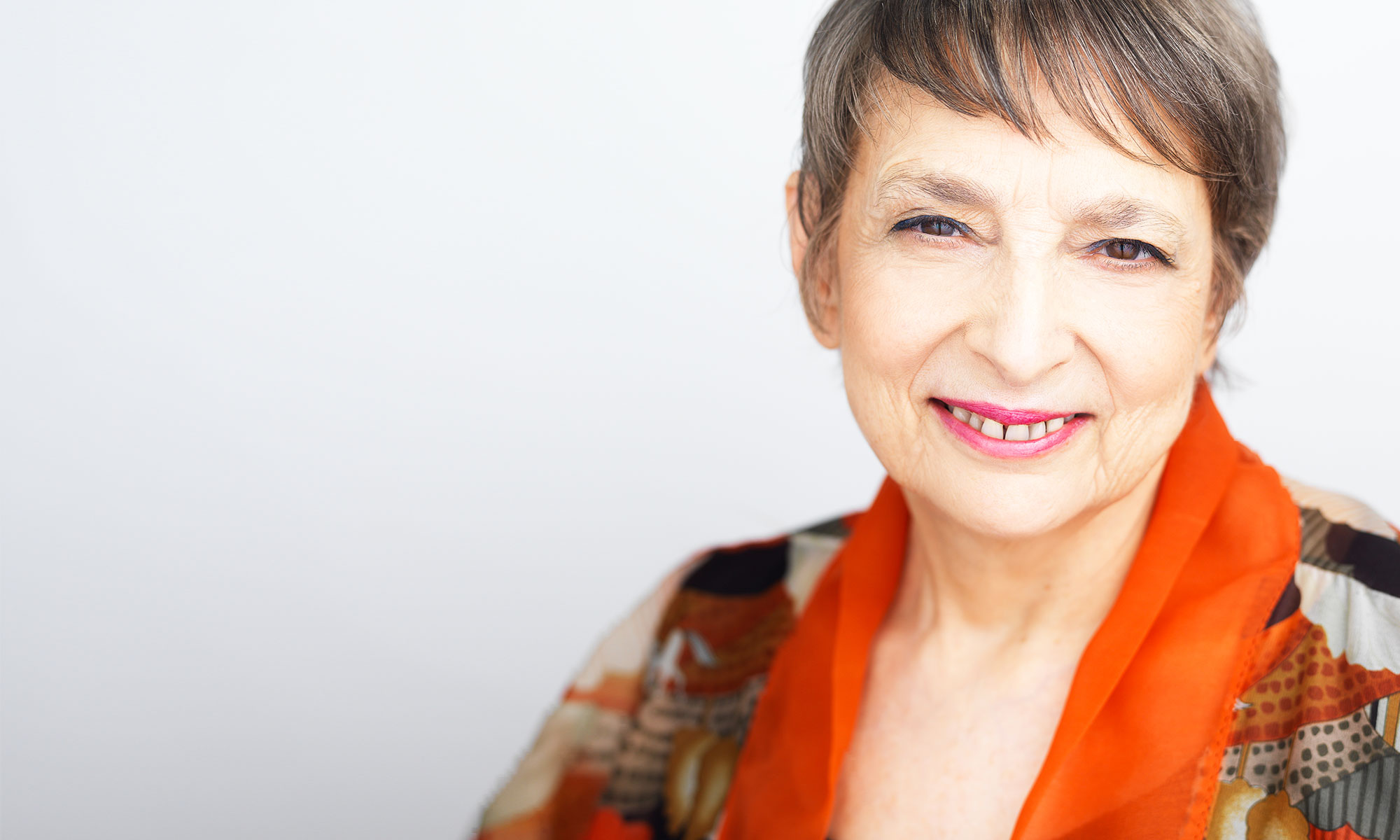Good morning Carol and Teel, We’re excited about your presentation on Wednesday, November 9 at 6pm (details below). I saw you at the HNSNA Conference in Maryland and was very impressed. Thank you for visiting my blog. First, let me introduce you, Carol, to my readers and friends.
Carol Gyzander is a member of HNS, HWA NY Co-Chair, MWA, SFWA. A Bram Stoker Award Finalist, she writes & edits horror & sci-fi. She has short stories in numerous anthologies. Carol’s latest horror anthology is A Woman Unbecoming (August 2022) from Crone Girls Press and co-edited with Rachel A Brune, to benefit reproductive healthcare. Website: CarolGyzander.com Twitter @CarolGyzander
Carol, how did you team up with Teel as a fight demo partner?
It started because I love his action scenes! I have no experience of my own with enacting fight scenes, although I am a fifteen-year dojo mom and both of my adult kids are black belts in karate. I’ve learned so much from hearing Teel speak on the subject that I offered to learn just enough to stand up as his opponent when he gives a demonstration. Also, I do all the tech stuff!
Let me introduce Teel.
Teel James Glenn studied sword under Errol Flynn’s last stunt double and has traveled the world as a stuntman and fight choreographer. His stories have been in over a hundred magazines including Sherlock Holmes Mystery. His books span many genres, including historical thrillers. He won the 2021 Pulp Ark Award for Best Novel and was a Derringer mystery finalist. Website: TheUrbanSwashbuckler.com
Teel, what do you think is the most glaring mistake authors, screenwriters and playwrights make in writing fight scenes?
They have people fight the same way, that is—all swordsmen/women fight the same, or martial artists fight in the same style. As if both sides in any conflict study exactly the same things. They do not.
Also, having unskilled people learn some skill in a week that allows them to defeat someone who has trained his whole life in some skill. NO. Just no.
And the good big guy will beat the good little guy with the not-so-good little guy having no chance at all.
Unless you work it into the tale that some amazing fluke happens. Then you better have a solid story around it, or it is deus ex machina.
Carol, you’re a key member of at least four writers associations. How can associations like HNS best help writers and readers?
I write in several genres and find it incredibly helpful to spend time with others who write in the same genre. It’s terrific to be able to discuss topics that don’t apply anywhere else. For HNS authors, this can be anything from getting the period costume details correct to researching the political situation in the time period. Offering learning sessions at the convention and the various topics at monthly chapter meetings is fantastic.
And for readers of the genre, it’s hard to know what’s good, so the sheer volume of HNS reviews and recommendations for reading is awesome!
Teel, how do you conceive of writing a group fight?
It depends on whether it is a group of disciplined types—i.e. an army, or a rabble that functions like a hive mind—or random individuals. As always with action, the reasons matter for each action and all of it has to serve the overall story.
If it is a group battle, I might diagram where everyone starts—and where I need them to finish.
If it is, say, five guys in a bar—it will be more random and chaotic, but I will still need to plot where everyone is and, more importantly, need to know why they are in that fight and where they end up.
Carol, you write that you were always fascinated by science fiction and Agatha Christie murder mysteries. Can you say what about these fused enthusiasms fuel your creativity?
I’d say that almost every story is some sort of mystery—or at least has unanswered questions— because if everything is already known, there will be no change or development of the characters. The thing I love about science fiction (and horror) is posing the question, “What if?” So, by combining the two, we get the idea of “What if the unknown, unanswered question takes us down this path? Or that path?” I feel it really opens up the imagination.
Teel, what are your physical workouts?
They have changed over the years—I don’t hit the gym much anymore for conventional weight training, though I enjoy it—so I do stretching and flexibility and resistance work: push-ups, sit-ups, etc., and simple hand weights. And punching and kicking drills.
When I have the space (my apartment is small), I work out with swords and pole-arms like spears and quarterstaffs.
Carol and Teel, Where do you teach?
Teel: I’ve taught at universities all around the country and done seminars in various martial arts schools internationally in the past. Until recently, I taught at a homeschooling center, and now teach privately.
Carol: I do presentations on several writing topics at conventions and for writing groups, and participate on convention panels.
Carol, what are you working on now?
I am hard at work on a mosaic collection of horror stories and co-editing a different anthology of horror tales. In the background, I’m smoothing out a novel I’ve recently completed.
Teel, you? Is there a book on fight choreography available or on the way?
I wrote a book on writing fight scenes over a decade ago that went out of print and am shopping around a revised and expanded edition of it.
Thank you so much. It will be a privilege to moderate your event.
Register: https://hnsnyc.wixsite.com/hnsnyc
Jefferson Market Library, Willa Cather hall
425 Sixth Avenue, at 10th Street
New York City

